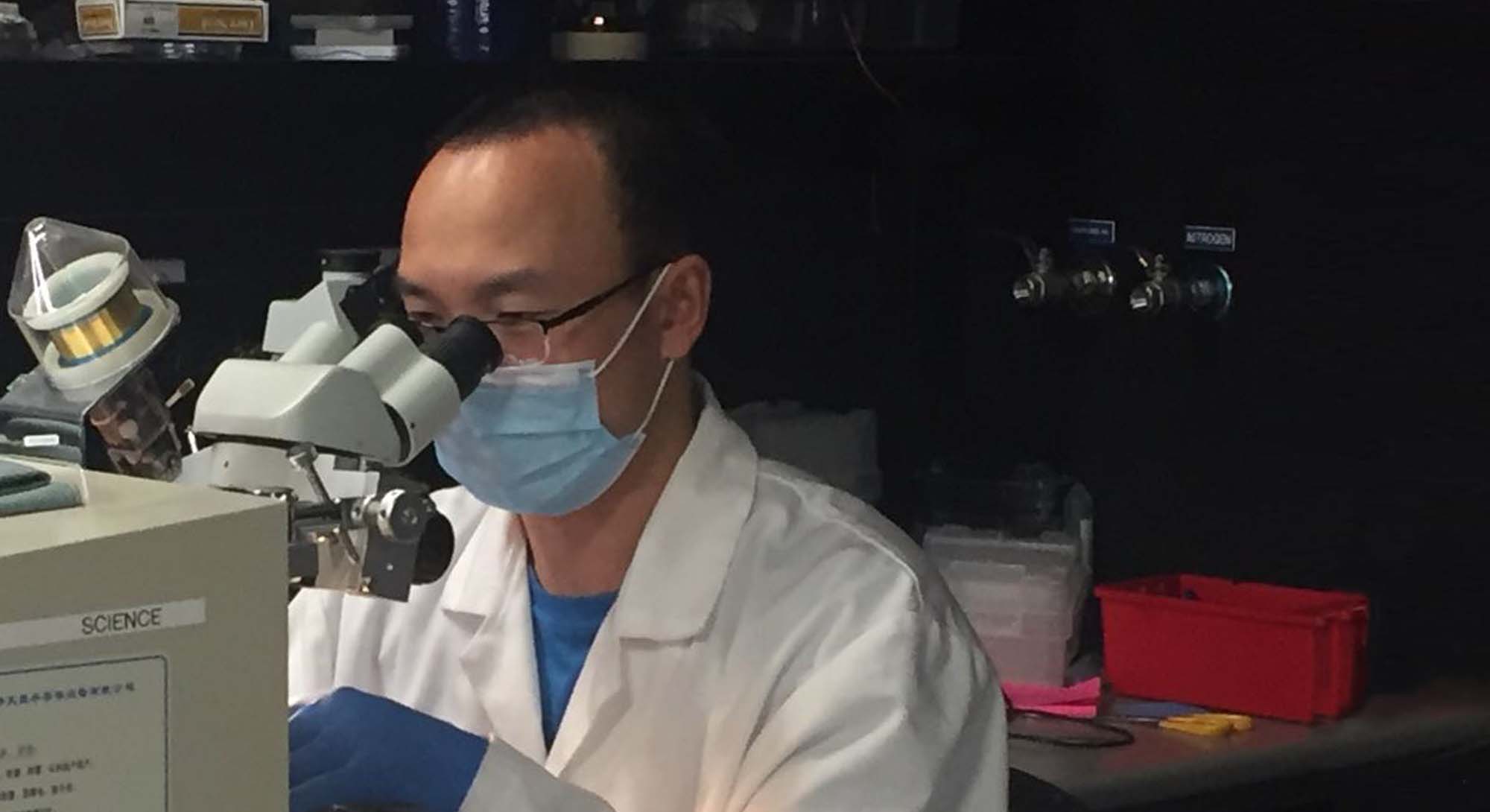FLEET researchers can stack multiple 2D layers to create novel atomically-thin van der Waals heterostructures that exhibit new properties that are not found in nature.
Nanodevice fabrication
Enabling technology B
A/Prof Lan Wang
Leader, Enabling technology B,
RMIT University
Expertise: low-temperature and high-magnetic field electron and spin transport; topological insulators; magnetic materials; spintronic and magneto-electronic devices; device fabrication; growth of single crystals, thin films and nanostructures
Research outputs (Lan Wang):
100+ papers
3500+ citations
h-index 34 (Scopus)

FLEET teams have developed many special techniques for fabricating fancy devices based on van der Waals hetero-structures.
FLEET’s research sits at the very boundary of what is possible in condensed-matter physics. Thus, nanoscale fabrication of functioning devices will be key to the Centre’s ultimate success.
Specialised techniques are needed to integrate novel atomically-thin, two-dimensional (2D) materials into high-quality, high-performance nanodevices.
For example, successful development of functional topological transistors will require atomically-thin topological insulators to be integrated with electrical gates. And exciton-polariton condensate devices will require atomically-thin semiconductors to be integrated with optical cavities.
Nanodevice fabrication and characterisation link many of FLEET’s groups and nodes. Some groups bring expertise in device fabrication, while other groups are stronger in device characterisation.
FLEET brings Australian strength in microfabrication and nanofabrication together with world-leading expertise in van der Waals (vdW) hetero-structure fabrication to build the capacity for advanced atomically-thin device fabrication.
2021 highlights
- Transforming F5GT vdW heterostructures for electric field control of a magnetic exchange bias – (see case study).
- Inducing antisymmetric spin interactions in a layered material
- Characterising surface-solidification patterns on liquid metals
- Quantifying spin transport in monolayer WTe2 towards future spintronics.
In 2022 FLEET will…
- Further confirm the electrically tunable magnetic proximity effect in vdW heterostructures
- Further investigate spin transport in vdW topological materials.
We have nearly all the instruments we need in the Centre and we can access them after intra-Centre discussion. FLEET is a ‘safe space’ to be open about my research, fostering collaboration instead of being concerned about others stealing ideas. There is no competition between groups.
FLEET member survey response
